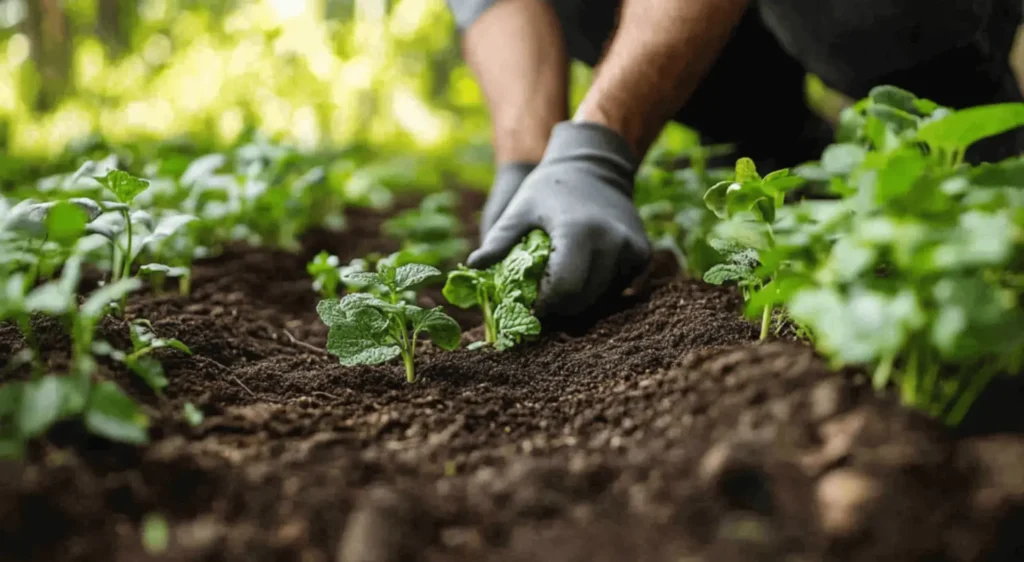Introduction to Green Lawn Care
These days, with so much talk about the environment and all, I can’t stress enough just how important green lawn care really is. You know, as a homeowner myself, I’ve found that embracing eco-friendly maintenance techniques doesn’t just make my lawn look fantastic, but it also helps the environment in some pretty amazing ways.
The whole idea is to cut down on those synthetic chemicals and pesticides that can mess with our soil, air, and water quality. By taking good care of my green lawn, I’m also making my outdoor space a haven for my family, pets, and even the little critters in our neighborhood.
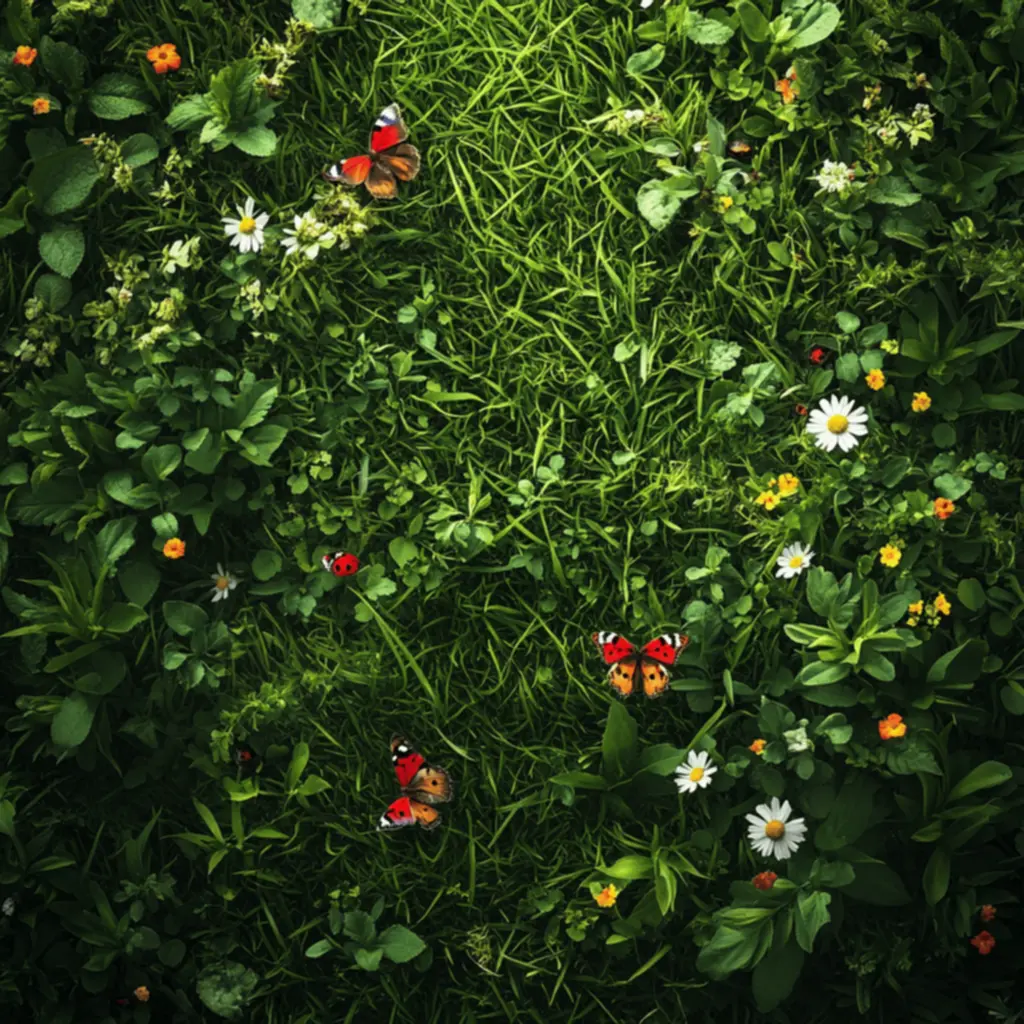
Getting into green lawn care is like opening a door to a whole new world focused on sustainability. As I’ve explored these practices further, I’ve picked up some neat insights about organic fertilizers, composting, and even choosing native grass varieties.
These actions not only help make my lawn vibrant but also use less water, which is super important for conserving resources and keeping our ecosystem in balance. It’s like a win-win: I’m not just enjoying a lovely lawn, but I’m also doing my part for the planet!
Learning about all the different layers of green lawn care has really shifted how I see gardening. It’s more than just about how things look now; it’s about building a healthy living ecosystem. Each choice I make towards sustainable practices reflects my dedication to being a good steward of the environment, turning every blade of grass into a little badge of honor. So, let’s dive into the essentials of green lawn care together and work towards creating greener, more sustainable outdoor spaces.
Benefits of Eco-Friendly Lawn Maintenance
When it comes to eco-friendly lawn maintenance, the perks go way beyond just being planet-friendly. Honestly, one of the first things I noticed was how much better my soil quality got. By ditching the harmful chemicals, I’ve seen how naturally rich and healthy the soil can become, creating a haven for those beneficial microorganisms that help keep everything balanced. Healthier soil means stronger grass, making it way more resilient against pests and diseases.
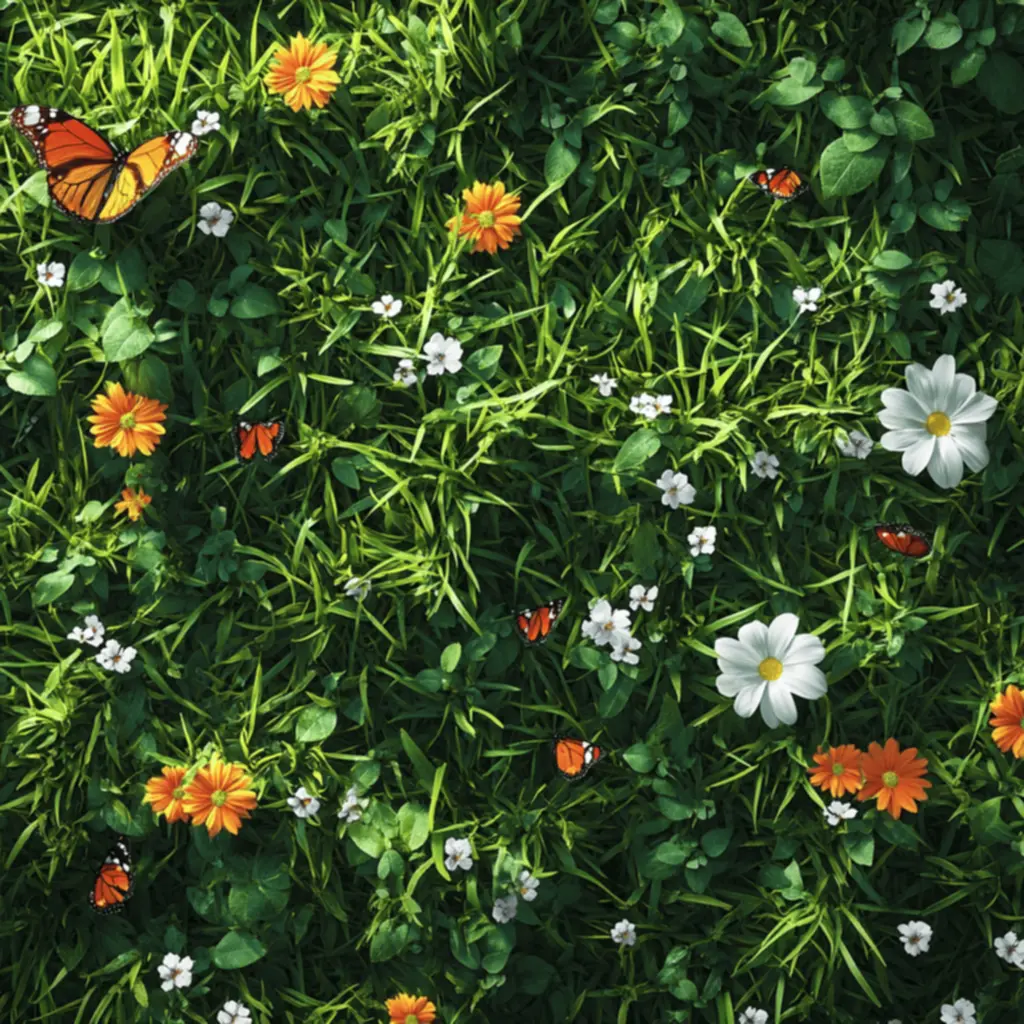
And let’s not forget about the pollution factor. Traditional lawn care often leads to those nasty nutrients leaching into our waterways, which can create algae blooms that endanger aquatic life. But by switching to green lawn care practices, I’m part of the solution.
Using organic fertilizers and embracing natural pest control methods has drastically cut down the risks of harmful runoff, meaning my gardening rituals play nice with mother nature. It’s such a good feeling knowing my efforts contribute to cleaner water and healthier habitats.
On another note, adopting eco-friendly lawn maintenance helps boost biodiversity. By opting for native grass types and planting some wildflowers, I’m effectively providing food and shelter for local wildlife, enriching the ecosystem right in my own backyard. Watching butterflies flit around the flowers or hearing birds chirp from the trees is not just delightful—it’s proof of a vibrant and thriving environment. When I engage in these kinds of practices, I’m actively helping to nurture the local biodiversity, which feels pretty rewarding.
Understanding Organic Fertilizers
So, when we’re talking about nurturing a green lawn, getting a good grasp of organic fertilizers is super important. These natural alternatives to synthetic fertilizers come with a whole bunch of benefits, like boosting soil structure, improving nutrient availability, and keeping our environmental impact low. From my experience, organic fertilizers release nutrients slowly, allowing grass to take its time absorbing them, which helps prevent that frustrating nutrient leaching and promotes healthier growth.
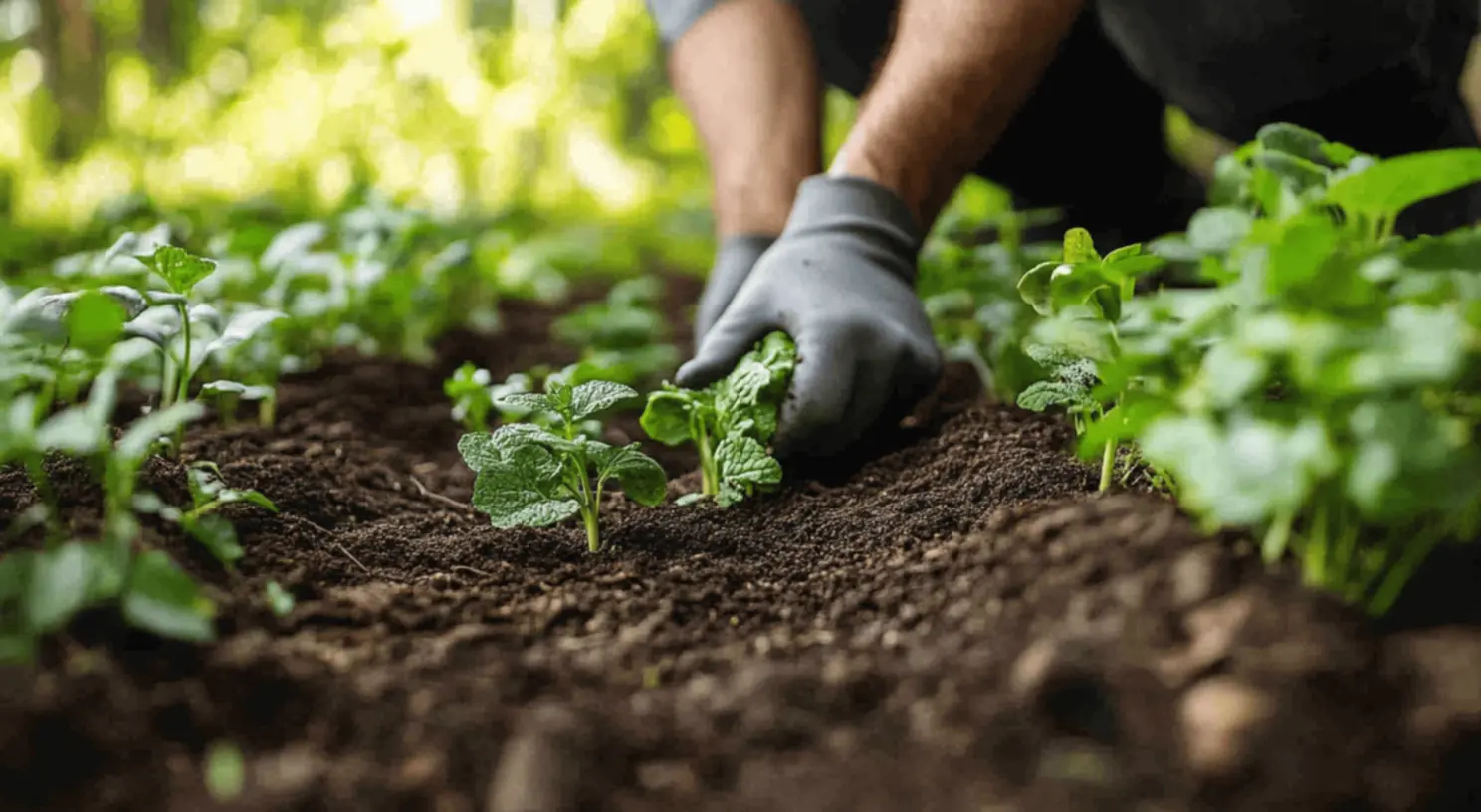
Types of Organic Fertilizers
There’s a whole array of organic fertilizers out there, each with its own special perks. Take compost, for instance—it’s a fantastic source of nutrients that not only enriches the soil but also helps with moisture retention. And let’s not forget about manure from herbivores; it’s packed with a balanced mix of nitrogen, phosphorus, and potassium.
Then you’ve got bone meal and blood meal, which are great for specific nutrients, and seaweed extracts, which provide those essential micronutrients while boosting plant growth. It’s such a thrill to discover how these natural alternatives can lead to a lush, healthy lawn without the downsides of those harsh chemical fertilizers.
How to Apply Organic Fertilizers Effectively
Now, let’s talk about how to apply organic fertilizers in a way that truly maximizes that lawn health. From what I’ve learned, the best time to do this is either in early spring or fall when the grass is actively growing and ready to soak up those nutrients
I usually recommend spreading the fertilizer evenly across the lawn using a broadcast spreader. This guarantees that all those nutrients get distributed uniformly, setting the stage for balanced growth throughout the yard. A light watering after applying the fertilizer helps activate it, giving my grass just the boost it needs.
Composting for a Healthier Lawn
Let’s not overlook composting—it’s a key player in green lawn care that provides a smart way to recycle organic waste and enrich the soil naturally. I gotta say, starting a compost pile was way simpler than I thought it’d be. By gathering up kitchen scraps, grass clippings, and yard waste, I can whip up some nutrient-rich compost that really enhances both my lawn and garden beds. It feels great to reduce waste and give something back to the planet at the same time.
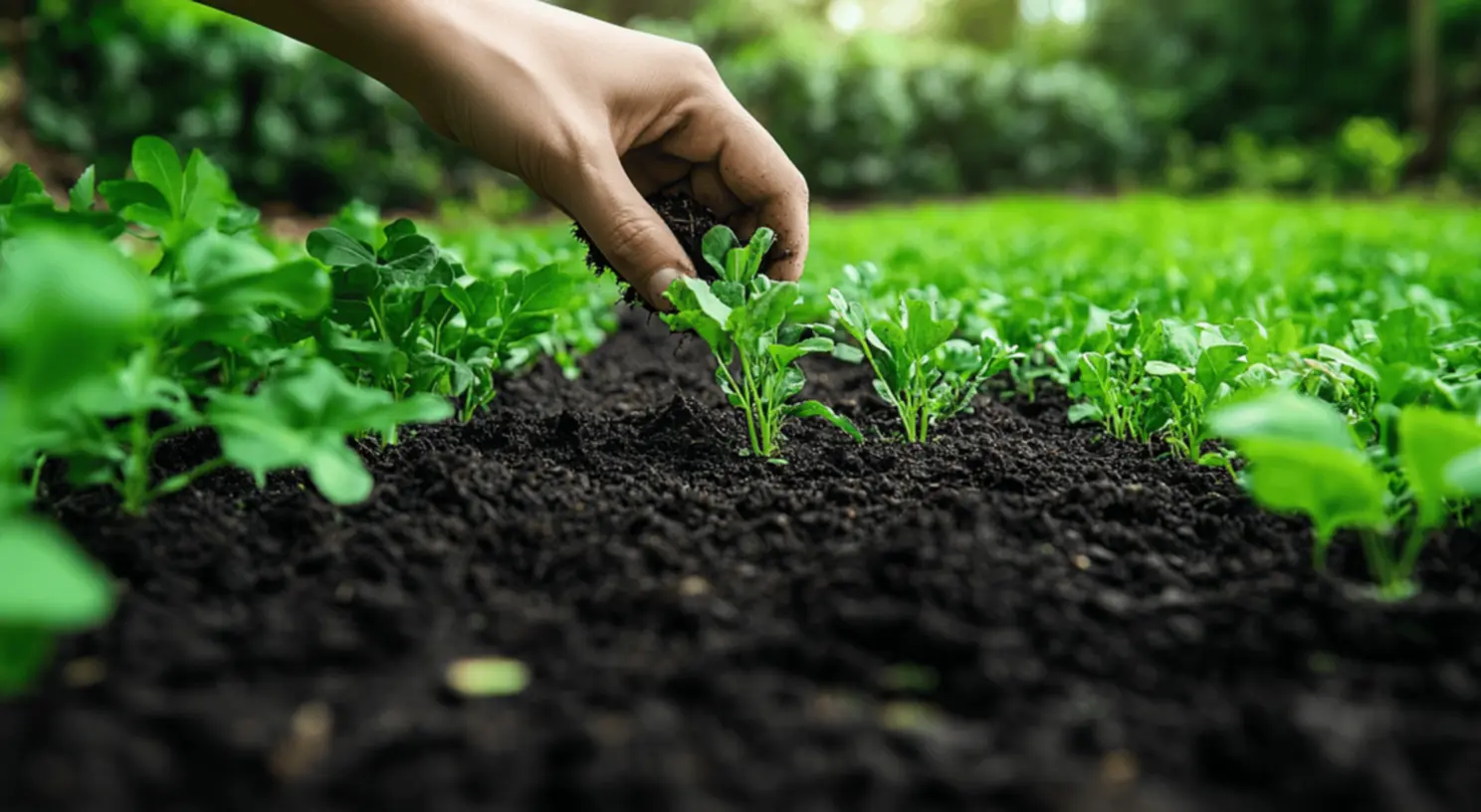
How to Start Composting
Starting a compost pile really just takes an easy understanding of the mix of green and brown materials you’ll work with. Green materials can include grass clippings and veggie scraps, and the brown stuff would be dried leaves and cardboard.
Getting a good balance between the two is crucial for successful composting. I’ve learned to layer these materials in my compost bin or pile, letting in enough airflow to speed up decomposition. Turning the pile every now and then keeps the aeration going and moisture in check, turning my kitchen scraps into gardening gold.
Benefits of Composting for Lawn Care
The benefits of composting stretch way beyond just cutting down on waste. Incorporating compost into my lawn care routine has really bolstered soil fertility and structure. It ramps up the microbial action in the soil, making my plants healthier and more resilient.
I’ve even noticed I need way less chemical fertilizers since I started composting regularly. Plus, compost helps retain moisture, so I don’t have to water as often, saving water and giving my lawn that extra care it deserves.
Choosing Native Grass Varieties
One of the best ways to create a beautiful and sustainable lawn is by opting for native grass varieties. Native grasses are perfect for the local climate and soil, meaning they don’t need a ton of resources like water and fertilizers to flourish.
When I swapped some of my conventional grass for these native options, it became clear just how well they can stand up to drought and pests. On top of that, using these grass types supports local biodiversity by providing habitats for various insects and wildlife.
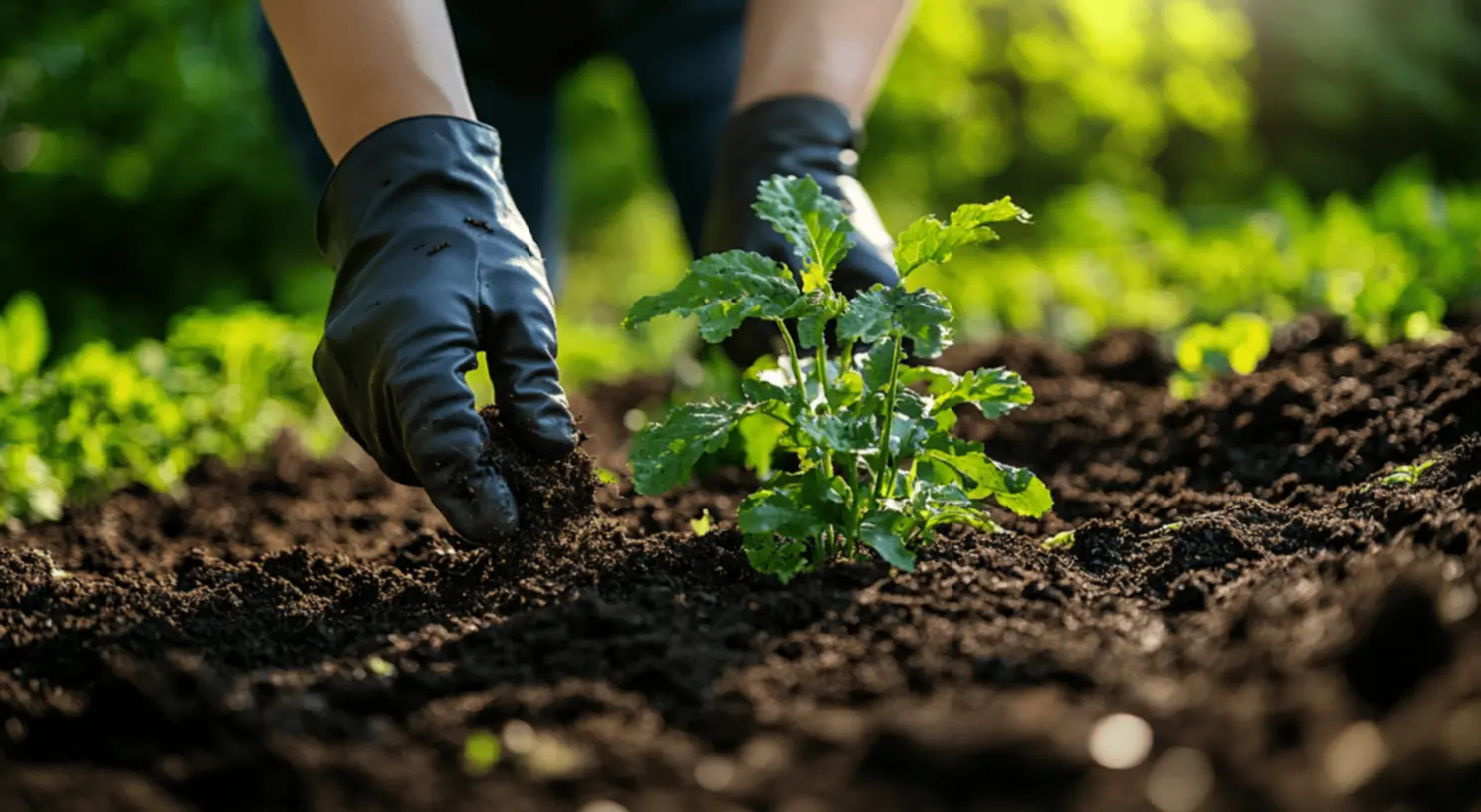
Going with native grasses isn’t just about saving the environment; it also gives you a unique and visually appealing landscape. The range of colors and textures in native grass options means I can create a stunning lawn design that works harmoniously with the natural surroundings. Plus, using less water and fertilizer means I’m actively making strides for a more eco-friendly planet while enjoying a gorgeous yard.
Water Conservation Techniques in Lawn Care
Water conservation is a real must in lawn care, especially in areas that often face drought. I’ve put a few strategies into play to keep water use low while still keeping my lawn lush and green. One of the best methods I’ve found is deep watering.
Instead of watering lightly many times, I prefer to give my lawn a good soak, but less frequently, encouraging those roots to grow deep. This not only saves water but also helps my lawn withstand dry spells much better.
Importance of Water-Saving Practices
Using water-saving practices is so crucial for the sake of our planet’s future. By watering less often and doing it during the early morning or late evening, I cut down on evaporation, making sure more of that water gets to the roots where it counts. I’ve also started using tools like soil moisture meters to keep tabs on my lawn’s moisture levels, which allows me to water only when it’s truly necessary.
These practices save me both time and resources while contributing to a sustainable landscape.
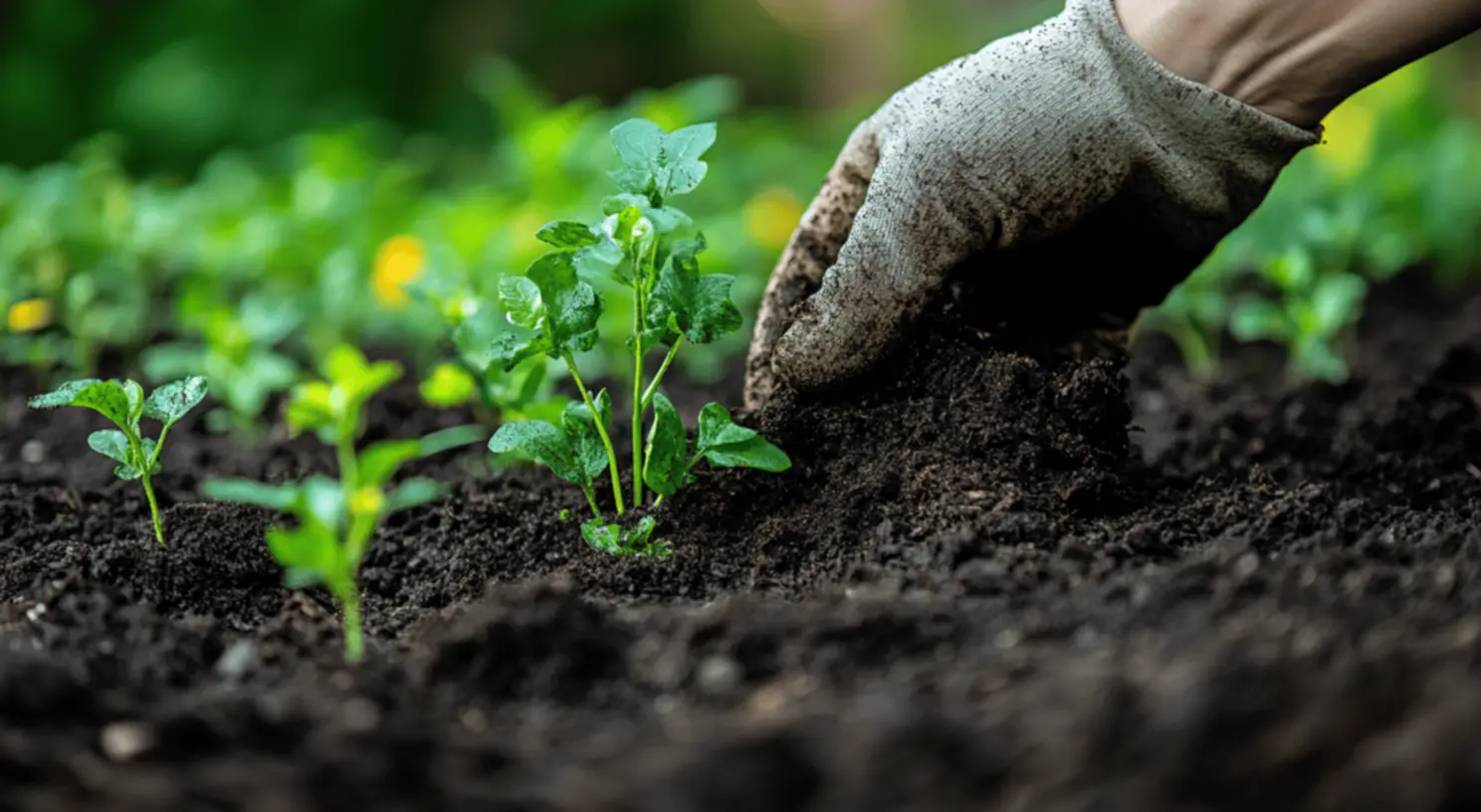
Using Rainwater Irrigation Systems
Setting up a rainwater irrigation system has completely shifted how I handle lawn care. By catching rainwater in barrels and using it to water my lawn, I’ve significantly reduced my reliance on city water. This sustainable technique not only conserves water, but rainwater is also free from the chemicals often found in tap water. Setting up a rainwater system isn’t too complicated, and I’ve even managed to create a drip irrigation setup to make watering even more efficient.
Mulching Grass Clippings
One more fantastic sustainable practice I’ve embraced is mulching grass clippings. Rather than bagging them up after mowing, I leave them on the lawn. This small change not only cuts down on landfill waste but also puts valuable nutrients back into the soil as those clippings break down. It creates a natural mulch layer that helps hold moisture and keeps weeds at bay, all contributing to an overall healthier lawn.
Weed Management without Chemicals
Keeping weeds at bay is essential for that green lawn look, and I’ve found some effective ways to manage them without using harsh chemicals. For starters, manual weeding has become a go-to for me, allowing me to target specific problem spots without messing with the entire lawn. Also, staying on top of regular lawn maintenance, like mowing to the appropriate height and aerating the soil, creates a less inviting environment for weeds to grow.
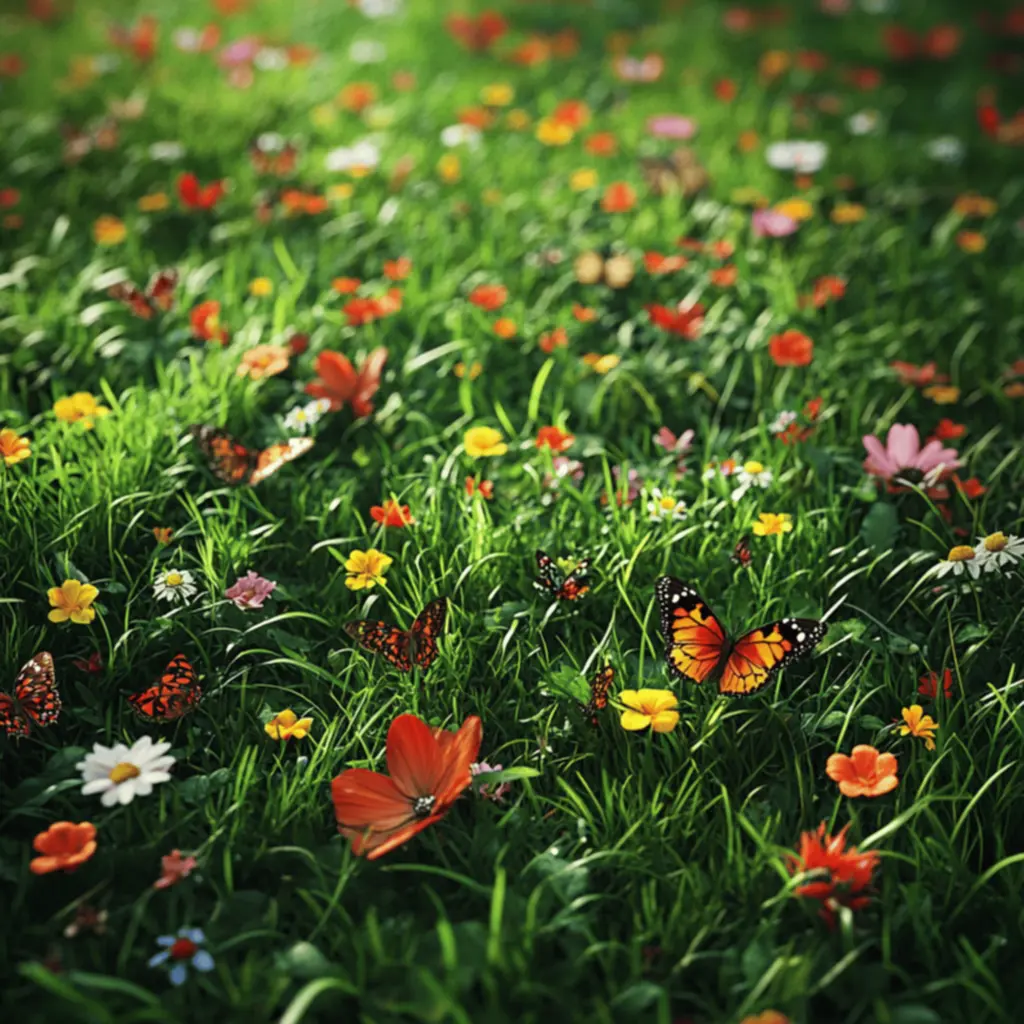
I’ve also tapped into natural herbicides, like vinegar or salt-based solutions. These alternatives can really tackle weeds without the downsides that come with synthetic chemicals. It’s empowering to know that I can maintain my lawn while also helping protect the surrounding environment.
Pest Control in Eco-Friendly Lawn Care
Keeping my lawn free of pests in an eco-friendly way takes a solid understanding of the ecosystem in my yard. Embracing natural pest control methods, like inviting in beneficial insects such as ladybugs and lacewings, has made a huge difference in managing pest populations without causing harm to the environment. I’ve even started planting various flowers specifically to attract these helpful bugs, creating a balanced ecosystem that naturally controls pests.
Plus, I’ve discovered that using essential oils and homemade sprays can act as effective repellents. For example, a mix of water and peppermint oil works well for warding off ants and aphids. This sustainable approach to pest control aligns perfectly with my green lawn care goals and also makes my outdoor space more beautiful.
Maintaining Soil Quality Naturally
When it comes to a healthy lawn, the real foundation lies in keeping soil quality high, which I’ve found can be done naturally. Adding organic matter, like compost, helps ramp up nutrient content and improve soil structure. Plus, regular soil testing gives me insights into what kind of amendments I might need for optimal growth, ensuring that the grass gets the right nutrients without the negative effects of chemical fertilizers.
Planting cover crops during the off-season is another technique that’s proven effective for me in improving soil health. Tilling those back into the ground adds vital nutrients and helps prevent soil erosion, showing that taking care of my lawn goes hand in hand with being mindful of the soil it grows in.
| Green Lawn Care Practice | Benefit |
|---|---|
| Organic Fertilizers | Boost soil health and promote sustainability |
| Composting | Recycles waste and enriches the soil naturally |
| Native Grass Varieties | Requires less water and supports local biodiversity |
| Rainwater Irrigation Systems | Conserves water and reduces chemical exposure |
| Mulching Grass Clippings | Reduces landfill waste and adds nutrients to the soil |
Community Involvement in Sustainable Lawn Care
Getting involved with the community when it comes to sustainable lawn care seriously amplifies the benefits of our personal practices on a wider scale. I’ve jumped into local gardening clubs and attended workshops focused on eco-friendly gardening methods.
These gatherings are not only informative but also create a sense of community among folks who share the same values. Teaming up with neighbors to promote green lawn care techniques nurtures local biodiversity and creates a stronger community spirit.
Being part of community clean-up events and sharing knowledge about sustainable gardening practices fosters a collective sense of responsibility. By encouraging others to adopt eco-friendly methods, we can all work together to lessen our environmental footprint and build a greener future. Community involvement serves as a powerful reminder that when we all contribute individually, we can create significant change together.
Conclusion: Achieving a Green Lawn Responsibly
Grabbing hold of the journey towards a green lawn responsibly has been such an exhilarating ride, filled with countless rewards. By embracing eco-friendly practices, I’ve managed to create not just a lovely lawn, but a sustainable ecosystem as well.
Every step I take, whether it’s using organic fertilizers or getting involved in community efforts, plays a part in making the environment greener and adds joy to my life. There’s nothing quite like watching my lawn flourish while doing my bit to support local wildlife and conserve precious resources.
As I keep diving into my journey of green lawn care, I’m inviting you to join in and explore these eco-friendly techniques for your own spaces. Together, we can cultivate a world that respects nature while nurturing the beauty around us. So come on over to 17Vibes as we embark on this sustainable path and inspire one another to create greener, healthier homes.
